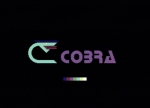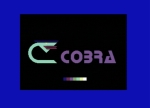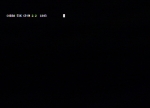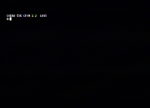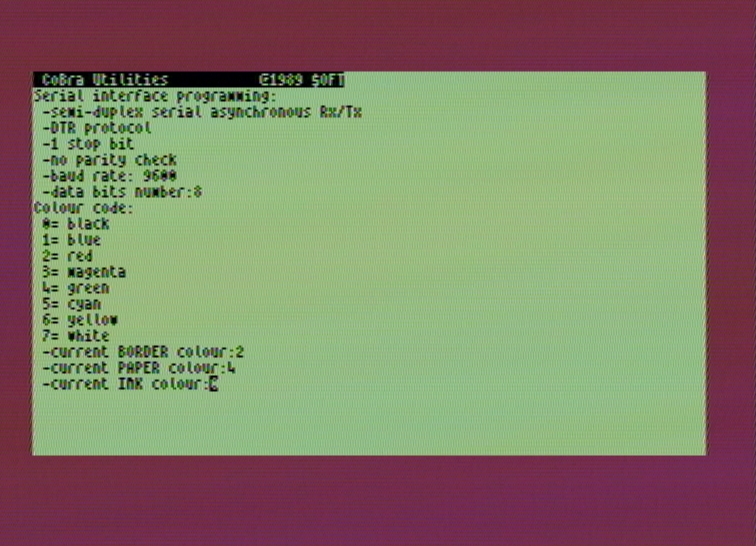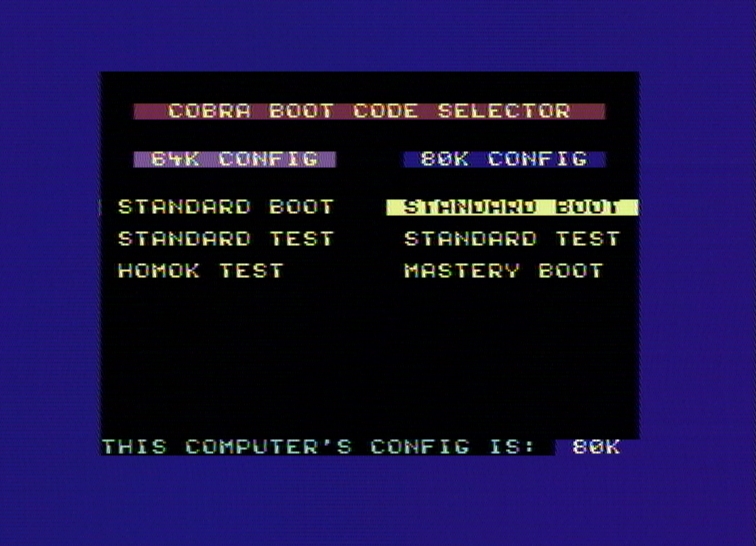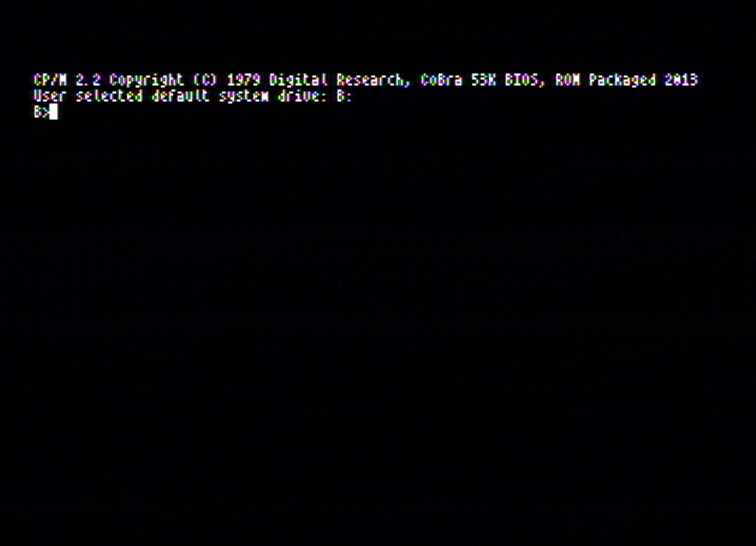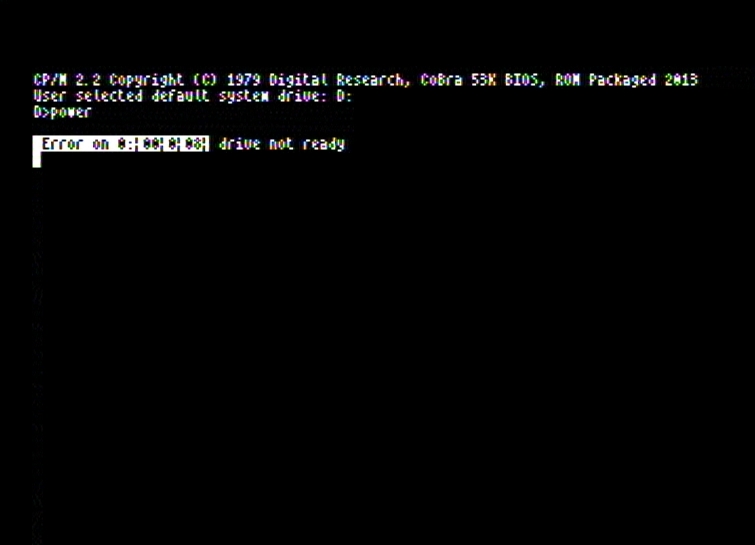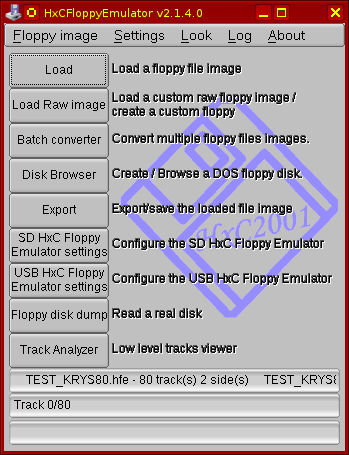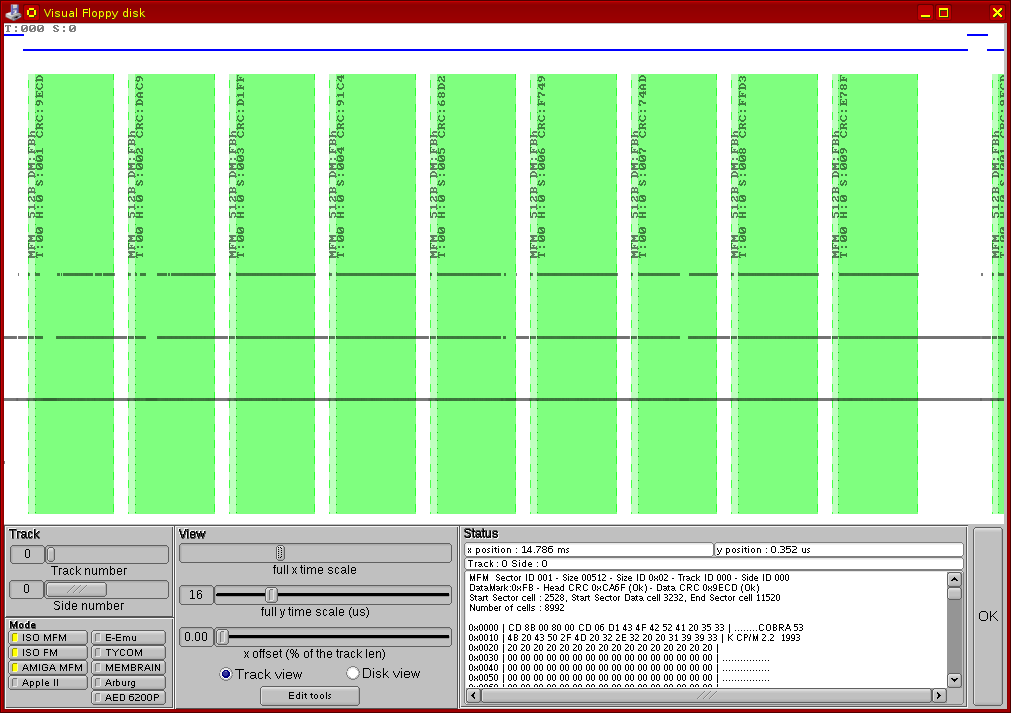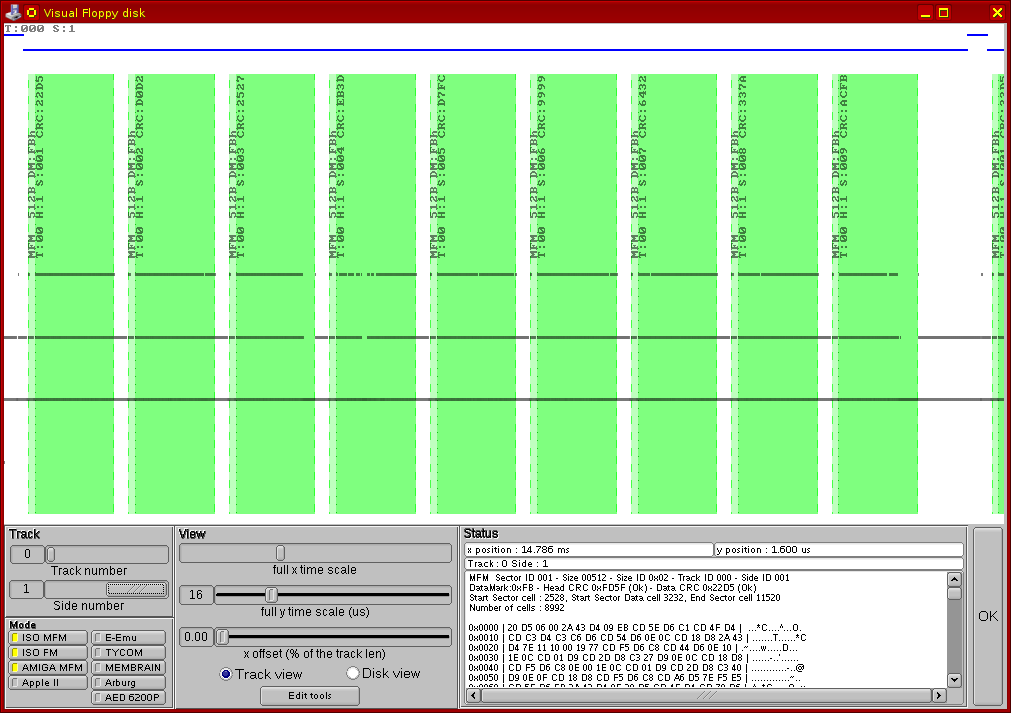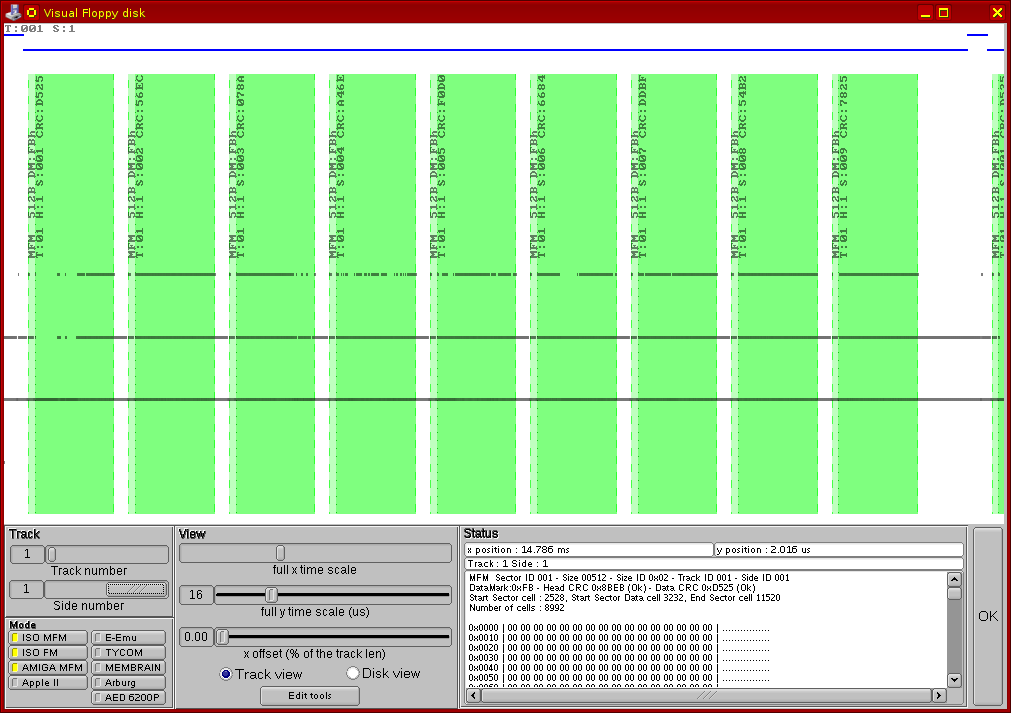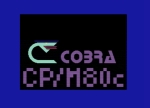1: | I loaded the CHRIS INSTALL version of CP/M with 40/64 text column display. |
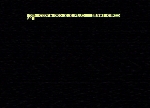 |
2: | Next I typed the command to run the system generator which writes the system code in tracks 0 and 1 of the disk. |
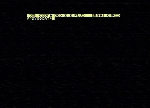 |
3: | After an ENTER, a message is displayed requesting specification of the target drive. |
 |
4: | Deoarece mesajul iese din fereastra vizibilă de 40 de coloane text, pagina video se schimbă automat, afișîndu-se jumătatea din dreapta a ecranului virtual de 80 de coloane cu restul mesajului. |
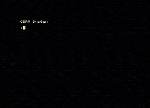 |
5: | Pentru a obține o afișare mai coerentă, am apăsat tasta GRAPH NORM, care schimbă numărul de coloane text vizibile din 40 în 64, reușind să încadrez tot mesajul în porțiunea vizibilă a ecranului text virtual. |
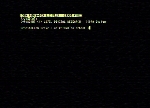 |
6: | În continuare am încercat să specific unitatea destinație prin codul numeric al unității fizice. Vreau să instalez sistemul pe discul prezent în unitatea 3. Dar programul protestează că vrea să i se precizeze codul unității logice (A:, B:, C: sau D:) |
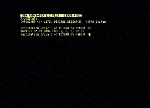 |
7: | Așa că apăs și eu tasta D, întrucît unitatea fizică 3 corespunde unității logice D:. După care programul cere apăsarea tastei ENTER, după ce discheta destinație este introdusă în unitatea D:. |
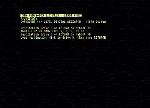 |
8: | După copierea sistemului în pistele sistem, se așteaptă repetarea operației prin precizarea din nou a unității destinație, sau terminarea prin apăsarea tastei ENTER. |
 |
9: | Apăs ENTER și ies din program. |
 |
10: | Apoi tastez numele executabilului care instalează utilitarele de bază cu tot cu CP/M Loader. |
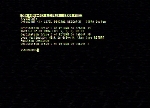 |
11: | Și apăs din nou tasta GRAPH NORM pentru a obține o afișare mai clară. |
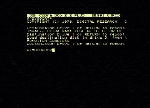 |
12: | După un ENTER apare un mesaj de start și programul cere din nou precizarea unității destinație. |
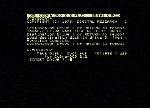 |
13: | Conform lecției învățate, apăs tasta D, și apoi programul cere introducerea dischetei în unitatea D după care așteaptă confirmarea cu un ENTER. |
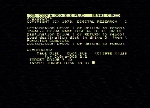 |
14: | După terminarea copierii, programul întreabă dacă se dorește repetarea operației. |
 |
15: | Apăs N și ies din program înapoi la promptul CP/M. |
 |
















